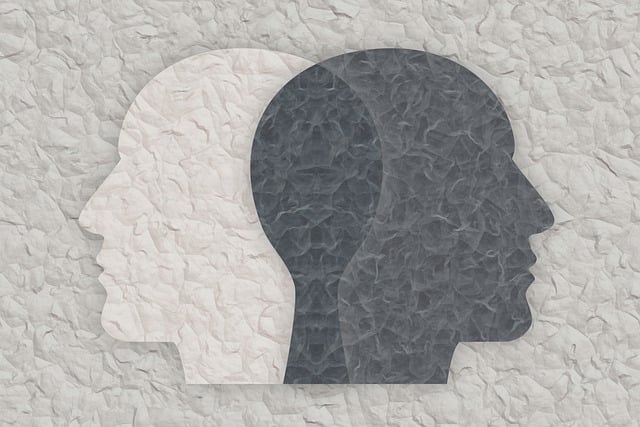Bipolar Disorder
Bipolar disorders are brain disorders that causes changes in a person’s mood, energy, and ability to function. People with bipolar disorder experience intense emotional states that typically occur during distinct periods of days to weeks, called mood episodes. These mood episodes are categorized as manic/hypomanic (abnormally happy or irritable mood) or depressive (sad mood). People with bipolar disorder generally have periods of neutral mood as well. When treated, people with bipolar disorder can lead full and productive lives.
People without bipolar disorder experience mood fluctuations as well. However, these mood changes typically last hours rather than days. Also, these changes are not usually accompanied by the extreme degree of behavior change or difficulty with daily routines and social interactions that people with bipolar disorder demonstrate during mood episodes. Bipolar disorder can disrupt a person’s relationships with loved ones and cause difficulty in working or going to school.
Bipolar disorder is a category that includes three different diagnoses: bipolar I, bipolar II, and cyclothymic disorder.
Bipolar I Disorder
Bipolar I disorder is diagnosed when a person experiences a manic episode. During a manic episode, people with bipolar I disorder experience an extreme increase in energy and may feel on top of the world or uncomfortably irritable in mood. Some people with bipolar I disorder also experience depressive or hypomanic episodes, and most people with bipolar I disorder also have periods of neutral mood.
Symptoms of Bipolar I Disorder:
Manic Episode
A manic episode is a period of at least one week when a person is extremely high-spirited or irritable most of the day for most days, possesses more energy than usual, and experiences at least three of the following changes in behavior:
- Decreased need for sleep (e.g., feeling energetic despite significantly less sleep than usual
- Increased or faster speech
- Uncontrollable racing thoughts or quickly changing ideas or topics when speaking
- Distractibility
- Increased activity (e.g., restlessness, working on several projects at once)
- Increased risky behavior (e.g., reckless driving, spending sprees)
These behaviors must represent a change from the person’s usual behavior and be clear to friends and family. Symptoms must be severe enough to cause dysfunction in work, family, or social activities and responsibilities. Symptoms of a manic episode commonly require a person to receive hospital care to stay safe.
Some people experiencing manic episodes also experience disorganized thinking, false beliefs, and/or hallucinations, known as psychotic features.
Hypomanic Episode
A hypomanic episode is characterized by less severe manic symptoms that need to last only four days in a row rather than a week. Hypomanic symptoms do not lead to the major problems in daily functioning that manic symptoms commonly cause.
Major Depressive Episode
A major depressive episode is a period of at least two weeks in which a person has at least five of the following symptoms (including at least one of the first two symptoms):
- Intense sadness or despair
- Loss of interest in activities the person once enjoyed
- Feelings of worthlessness or guilt
- Fatigue
- Increased or decreased sleep
- Increased or decreased appetite
- Restlessness (e.g., pacing) or slowed speech or movement
- Difficulty concentrating
- Frequent thoughts of death or suicide
Bipolar II Disorder
A diagnosis of bipolar II disorder requires someone to have at least one major depressive episode and at least one hypomanic episode (see above). People return to their usual functioning between episodes. People with bipolar II disorder often first seek treatment as a result of their first depressive episode, since hypomanic episodes often feel pleasurable and can even increase performance at work or school.
People with bipolar II disorder frequently have other mental illnesses such as an anxiety disorder or substance use disorder, the latter of which can exacerbate symptoms of depression or hypomania.
Cyclothymic Disorder
Cyclothymic disorder is a milder form of bipolar disorder involving many “mood swings,” with hypomania and depressive symptoms that occur frequently. People with cyclothymia experience emotional ups and downs but with less severe symptoms than bipolar I or II disorder.
Cyclothymic disorder symptoms include the following:
- For at least two years, many periods of hypomanic and depressive symptoms, but the symptoms do not meet the criteria for hypomanic or depressive episode.
- During the two-year period, the symptoms (mood swings) have lasted for at least half the time and have never stopped for more than two months.

